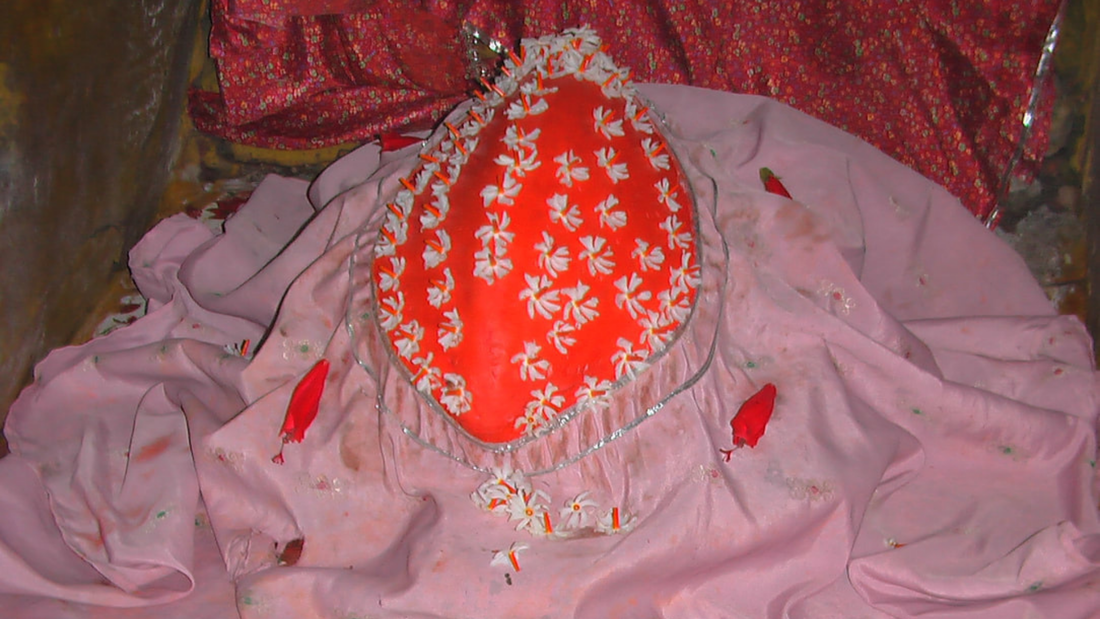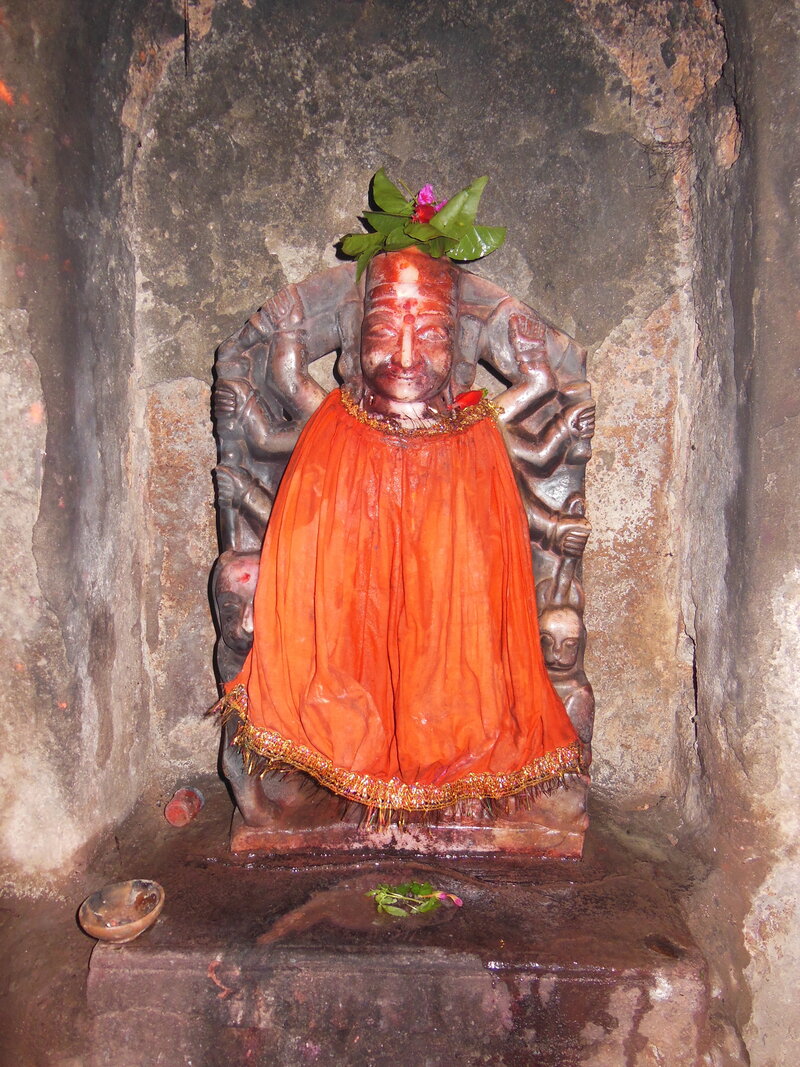|
The founder of Tamkuhi and the last Raja of Husseypur as his capital, Raja Fateh Bahadur Sahi was a man of honor and principles. I grew up hearing tales of his valor and honor. What all information, I have gathered about him from sources in literature or oral tradition, I picturise him as a tall man with an athletic build and good martial skills. He was a disciplinarian and was married to one woman during times when polygamy was a common custom in maharajas. Surprisingly he didn’t follow the rule of male primogeniture strictly and even divided his kingdom into four - one for each son rather than passing on the whole Raj to the eldest. In his old age after handing over his Raj to his sons, he became a Fakir and left for Nasik A follower of Sanatana Dharma [1], Raja Fateh Sahi belonged to the Shakta sect. He was an ardent shakti upasak [2] and never left for battle without paying homage to Goddess Shakti. When at Husseypur, he would often visit the idol of the Goddess at the base of the banyan tree near the Jharahi river [3] just outside his fort.
Notes
Team
Citation Policy
Reaching Readers Reaching Readers is a weekly campaign organized by our community to support enthusiastic readers by shipping one paperback of their choice for free. If you are interested, apply for your copy today!
Comments
|


